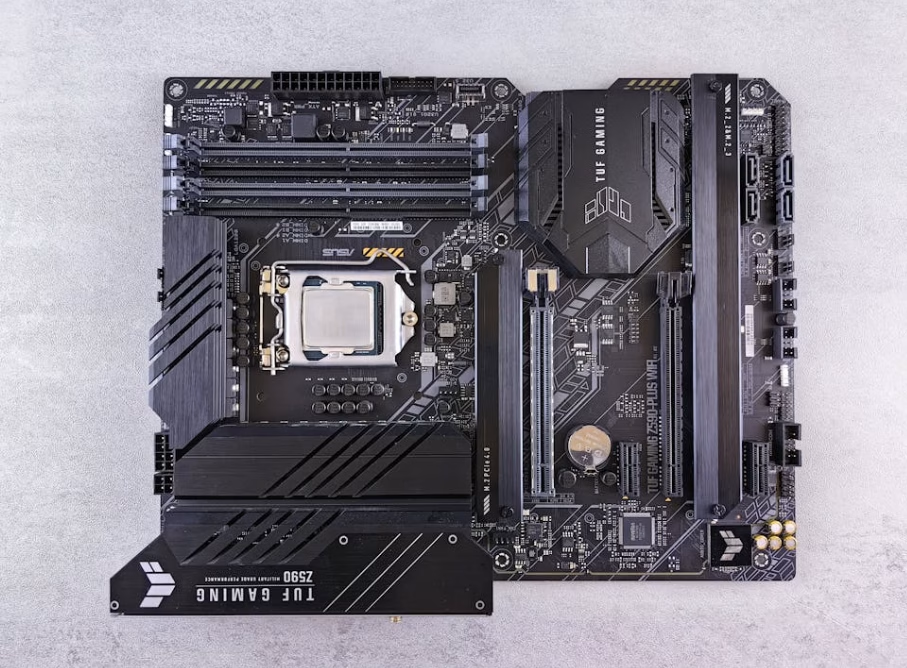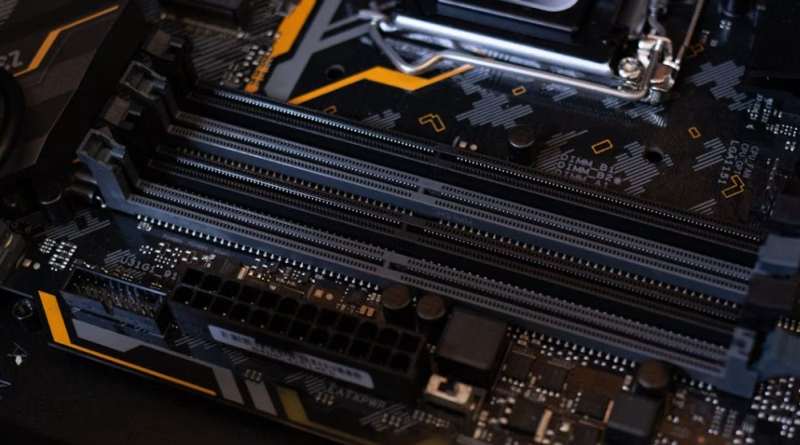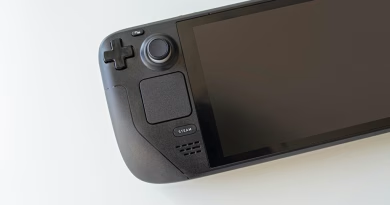Avoid These 7 Disastrous Mistakes to Choose the Right Motherboard
On This Page
To choose the right motherboard is arguably the most important—and most intimidating—decision a first-time PC builder has to make. While a powerful CPU or a flashy graphics card gets all the attention, the motherboard is the unsung hero, the central nervous system of your entire computer. It’s the foundation upon which everything else is built, and making the wrong choice can lead to incompatible parts, limited upgrade options, and a world of frustration.
Think of the motherboard as the “body” of your PC. It’s the large circuit board that the brain (CPU), the artist (GPU), and the memory (RAM and SSD) all plug into, allowing them to communicate and work together. Choosing the right one ensures that all your carefully selected components can perform to their full potential. This guide will walk you through the key factors you need to consider to make a confident and correct decision.

The Most Important Rule: CPU Socket and Chipset Compatibility
Before you even look at features, you must ensure your motherboard is compatible with your chosen CPU. This is a non-negotiable, all-or-nothing decision. The two key elements here are the socket and the chipset.
- The CPU Socket: This is the physical slot on the motherboard where the processor is installed. It’s a lock-and-key system. An Intel CPU will only fit in a motherboard with a compatible Intel socket (like LGA 1700), and an AMD CPU will only fit in a motherboard with a compatible AMD socket (like AM5). You cannot mix and match. Your first step is to decide on your CPU, which then dramatically narrows down your motherboard options.
- The Chipset: The chipset is the motherboard’s traffic controller. It determines what features the board will have, such as the number of USB ports, the speed of the PCIe slots (where your graphics card goes), and support for overclocking. For any given CPU socket, there will be several different chipsets available at different price points. For example, for AMD’s AM5 socket, you’ll see X670 (high-end enthusiast), B650 (mainstream sweet spot), and A620 (budget-focused) chipsets. For a budget or mid-range build, a “B-series” chipset (like AMD’s B650 or Intel’s B760) is almost always the perfect choice.
How to Choose the Right Motherboard Size: Form Factor Explained
Motherboards come in several standard sizes, known as “form factors.” The size you choose will determine the size of the PC case you can use and how many expansion slots you get.
- ATX (Standard): This is the full-size, standard motherboard. It offers the most features, the most expansion slots (for things like sound cards or capture cards), and the best connectivity. If you’re building in a standard mid-tower case, ATX is the way to go.
- Micro-ATX (mATX): A shorter, more compact version of ATX. It has fewer expansion slots but is often cheaper and can fit into smaller PC cases, making it a fantastic choice for many budget and mid-range builds.
- Mini-ITX: This is the smallest of the main form factors, designed for tiny, compact PC builds. It’s a marvel of engineering but comes with compromises: it typically only has one expansion slot (for the GPU), fewer RAM slots, and is often more expensive due to its dense design.
For a first-time builder, Micro-ATX often represents the perfect balance of size, features, and price, but an ATX board in a mid-tower case is the easiest to build in.
The Features That Matter: RAM Slots, Storage, and I/O
Once you’ve settled on a compatible chipset and the right form factor, the final step to choose the right motherboard is to look at the specific features.
- RAM Slots: Look for a motherboard with four RAM slots. While you may only start with two sticks of RAM (e.g., 2x8GB), having four slots gives you an easy and affordable upgrade path to add more RAM in the future without having to replace your existing sticks.
- Storage (M.2 Slots): For a modern PC, you want at least one, and preferably two, M.2 slots. This is the slot for the fast, gumstick-sized NVMe SSDs that serve as your primary storage. An M.2 drive is significantly faster than the older SATA SSDs.
- Rear I/O (Input/Output): This is the panel on the back of the PC with all the ports. Look at the photo of the motherboard and make sure it has all the connectivity you need. Count the USB ports—do you have enough for your mouse, keyboard, webcam, and other peripherals? Does it have the audio outputs you need? Does it have built-in Wi-Fi, or will you need to add it separately?
Making the decision to choose the right motherboard doesn’t have to be a stressful process. By starting with your CPU choice, selecting a suitable chipset and form factor, and then verifying the features you need, you can confidently select the perfect foundation for a stable and powerful PC.



